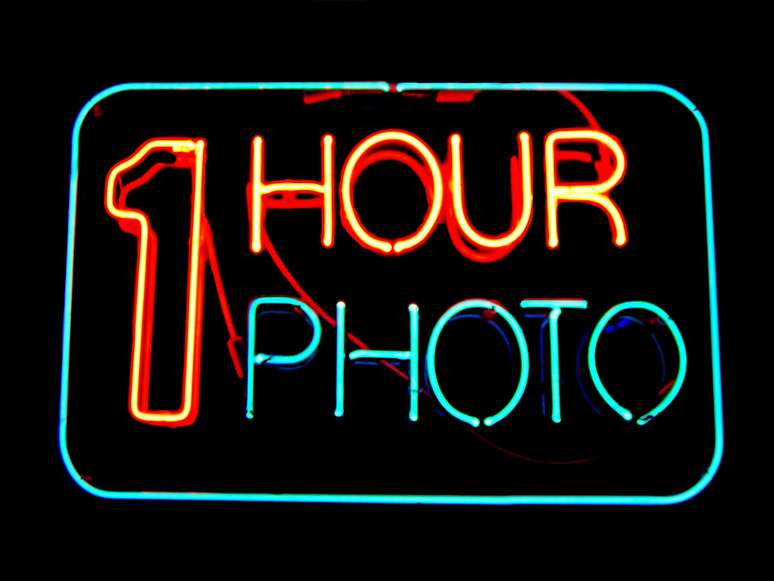Business Lists and Databases Available for Marketing and Research - Direct Mailing Emailing Calling
NAICS Code 812922 - One-Hour Photofinishing
Government Level - NAICS 6-Digit - Updated to 2022 NAICSBusiness Lists and Databases Available for Marketing and Research
Business List Pricing Tiers
| Quantity of Records | Price Per Record | Estimated Total (Max in Tier) |
|---|---|---|
| 0 - 1,000 | $0.25 | Up to $250 |
| 1,001 - 2,500 | $0.20 | Up to $500 |
| 2,501 - 10,000 | $0.15 | Up to $1,500 |
| 10,001 - 25,000 | $0.12 | Up to $3,000 |
| 25,001 - 50,000 | $0.09 | Up to $4,500 |
| 50,000+ | Contact Us for a Custom Quote | |
What's Included in Every Standard Data Package
- Company Name
- Contact Name (where available)
- Job Title (where available)
- Full Business & Mailing Address
- Business Phone Number
- Industry Codes (Primary and Secondary SIC & NAICS Codes)
- Sales Volume
- Employee Count
- Website (where available)
- Years in Business
- Location Type (HQ, Branch, Subsidiary)
- Modeled Credit Rating
- Public / Private Status
- Latitude / Longitude
- ...and more (Inquire)
Boost Your Data with Verified Email Leads
Enhance your list or opt for a complete 100% verified email list – all for just $0.10 per email!
NAICS Code 812922 Description
This U.S. industry comprises establishments known as "one-hour" photofinishing labs primarily engaged in developing film and/or making photographic slides, prints, and enlargements on a short turnaround or while-you-wait basis. Source: Census.gov - NAICS 2022 compliant
NAICS Code 812922 - One-Hour Photofinishing is a final level code of the “Other Services (except Public Administration)” Sector. There are 3,715 companies verified as active in this industry in the USA with an estimated employment of 372 people.
Industry Sector
Other Services (except Public Administration)Annual Payroll
$7,712,000Total Revenue
$28,659,000SBA Size Standard
Annual Revenue Limit of $16,500,000Parent Category - 5-digit Level (less specific)
Marketing: NAICS Codes (8-digit) for One-Hour Photofinishing
Access In-depth Industry Analysis: Reach out to companies and executives within these industries.
Industry Examples of NAICS 812922
Common types of examples within NAICS Code 812922 - One-Hour Photofinishing are:
- Film developing and printing, one-hour
- One-hour photofinishing services
- Photofinishing labs, one-hour
- Photofinishing services, one-hour
Industry Image
Example photo for industry NAICS 812922 - One-Hour Photofinishing . This image represents an activity or product found in this industry.

Cross-References
Industry Executives
Would you like to email executives in NAICS Code 812922 - One-Hour Photofinishing ? Below are some of the common job titles available to be targeted.
- Business Development
- Chairman
- C-Level
- Director
- Engineering
- Executive Director
- Facilities
- Finance
- Human Resource
- IT
- Manager
- Marketing
- Manufacturing
- Operations
- Owner
- Partner
- President
- Principal
- Purchasing
- Sales
- Vice President
For specific job title targeting, please provide details in the business list request form.
Questions & Answers
-
What is the SBA NAICS 812922 revenue limit?
Businesses with an annual revenue under $16,500,000 are considered small businesses by SBA.
-
How many active businesses operate in NAICS Code 812922?
There are 3,715 verified business locations operating primarily in this industry.
-
What was the total revenue for NAICS Code 812922?
In 2017 the total revenue for One-Hour Photofinishing was $28,659,000
-
What was the annual payroll for NAICS Code 812922?
In 2017 the annual payroll for One-Hour Photofinishing was $7,712,000
-
How many people work in NAICS Code 812922?
The number of reported paid employees is 372.